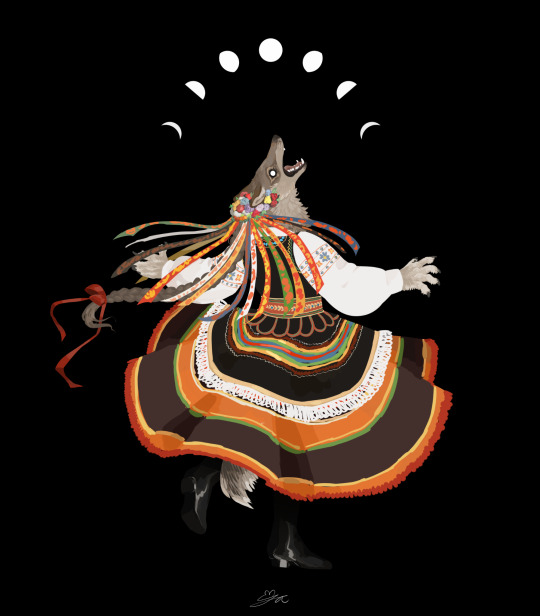Photo

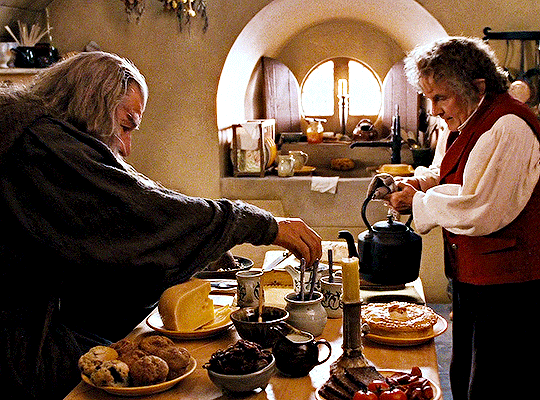

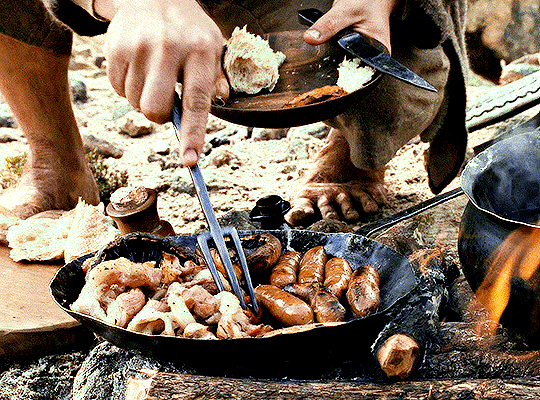
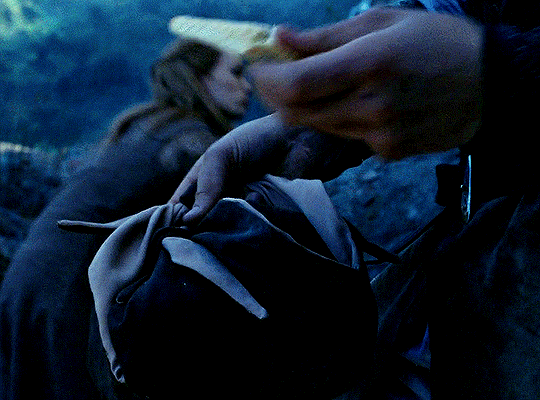

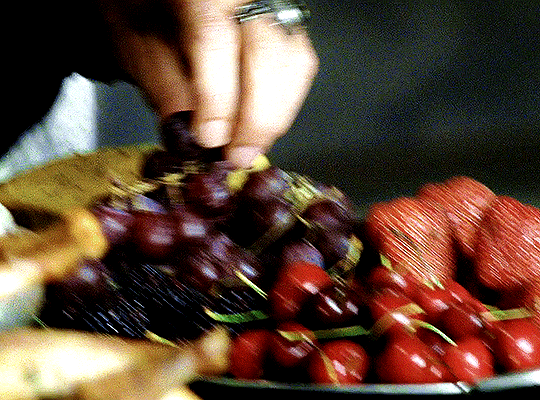

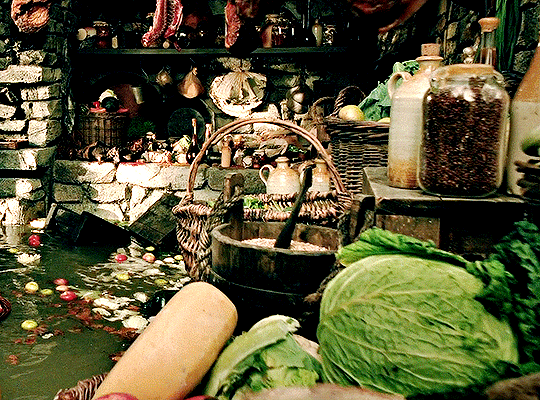

THE LORD OF THE RINGS TRILOGY + food
2001-2003 | dir. Peter Jackson.
17K notes
·
View notes
Text
You wouldn’t last an hour in the asylum where they raised me

12K notes
·
View notes
Text
My Biggest and Most Annoying Fictional Horse Pet Peeve
Big Horses are a Very New Thing and they Likely Didn’t Exist in your Historical and/or Fantasy Settings.
You’ve all seen it in every historical piece of media ever produced. Contrary to popular belief, a big black horse with long legs and long flowing mane is not a widespread or even a particularly old type of horse.

THIS IS NOT A MEDIEVAL THING. THIS IS NOT EVEN A BAROQUE THING. THIS IS A NINETEENTH CENTURY CITY CARRIAGE HORSE.
All the love to fancy Friesian horses, but your Roman general or Medieval country heroine just really couldn’t, wouldn’t, and for the sake of my mental health shouldn’t have ridden one either.
Big warmblood horses are a Western European and British invention that started popping up somewhere around 1700s when agriculture and warfare changed, and when rich folks wanted Bigger Faster Stronger Thinner race horses.
The modern warmblood and the big continental draught both had their first real rise to fame in the 1800s when people started driving Fancy Carriages everywhere, and having the Fanciest Carriage started to mean having the Tallest and Thinnest Horses in the town.
Before mechanised weaponry and heavy artillery all horses used to be small and hardy easy-feeders. Kinda like a donkey but easier to steer and with a back that’s not as nasty and straight to sit on.
SOME REAL MEDIEVAL, ROMAN, OTTOMAN, MONGOL, VIKING, GREEK and WHATEVER HISTORICALLY PLAUSIBLE HORSES FOR YOU:
“Primitive”, native breeds all over the globe tend to be only roughly 120-140 cm (12.0 - 13.3 hh) tall at the withers. They all also look a little something like this:
Mongolian native horse (Around 120-130 at the withers, and decendants of the first ever domesticated horses from central Asia. Still virtually unchanged from Chinggis Khan’s cavalry, ancestor to many Chinese, Japanese and Indian horses, and bred for speed racing and surviving outdoors without the help of humans.)

Carpathian native horse / Romanian and Polish Hucul Pony (Around 120-150 at the withers, first mentioned in writing during the 400s as wild mountain ponies, depicted before that in Trajanian Roman sculptures, used by the Austro-Hungarian cavalry in the 19th century)

Middle-Eastern native horse / Caspian Pony (Around 100-130 at the withers, ancestor of the Iranian Asil horse and its decendants, including the famous Arabian and Barb horses, likely been around since Darius I the Great, 5th century BC, and old Persian kings are often depicted riding these midgets)
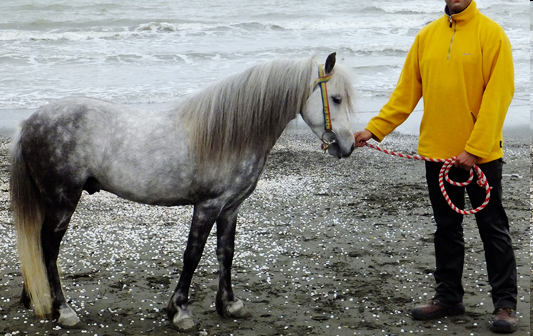
Baltic Sea native horse / Icelandic, Finnish, Estonian, Gotland and Nordland horses (Around 120-150 at the withers, descendant of Mongolian horses, used by viking traders in 700-900 AD and taken to Iceland. Later used by the Swedish cavalry in the 30 years war and by the Finnish army in the Second World War, nowadays harness racing and draught horses)

Siberian native horse / Yakutian pony (Around 120-140 at the withers, related to Baltic and Mongolian horses and at least as old, as well-adapted to Siberian climate as woolly mammoths once were, the hairiest horse there is, used in draught work and herding)

Mediterranean native horse / Skyros pony, Sardinian Giara, Monterufolino (Around 100-140 at the Withers, used and bred by ancient Greeks for cavalry use, influenced by African and Eastern breeds, further had its own influence on Celtic breeds via Roman Empire, still used by park ranger officers in Italy)
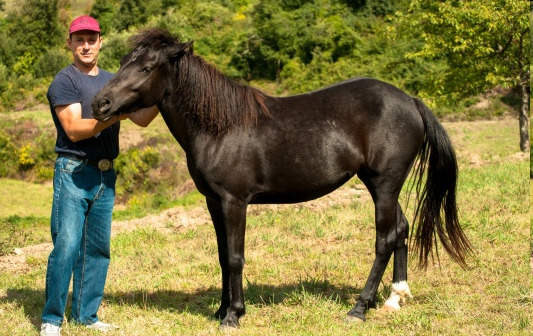
British Isles’ native horse / various “Mountain & Moorland” pony breeds (Around 100-150 at the withers, brought over and mixed by Celts, Romans and Vikings, base for almost every modern sport pony and the deserving main pony of all your British Medieval settings. Some populations still live as feral herds in the British countryside, used as war mounts, draught horses, mine pit ponies, hunting help and race horses)

So hey, now you know!
62K notes
·
View notes
Text
i learned about Tim Wong who successfully and singlehandedly repopulated the rare California Pipevine Swallowtail butterfly in San Francisco. In the past few years, he’s cultivated more than 200 pipevine plants (their only food source) and gives thousands of caterpillars to his local Botanical Garden (x)

127K notes
·
View notes
Text
public libraries are so sick. there are five books I want to read and they're all relatively new so they're only available in hardback which is so expensive but it just cost me $0 to place holds on them. five books for zero dollars. it requires nothing but clicking a button and then going to the library to pick them up when they're ready. zero dollars. that's crazy
4K notes
·
View notes
Text
6K notes
·
View notes
Text
A surprisingly helpful bit of social maneuvering I've figured out from trial and error:
Throughout your life, you are going to need things from people. Often, it's going to be on a deadline. And when that deadline passes, you generally want to know what's going on. So, you need to ask them.
There are two kinds of people, broadly, in this situation. The Shameless will tell you what the holdup is, with absolutely no regard for if the reason is "good enough". This is actually very helpful, because you get the real reason immediately, and can start working on a solution.
The Ashamed is trickier. People who are Ashamed are people who were often told they were giving excuses when they were trying to explain, and they'll often avoid you until they solve the problem on their own. This causes them and you a lot of stress, and often takes a lot longer to solve.
Long term, the strategy for dealing with people who are Ashamed is to provide a supportive environment where they're comfortable sharing any problems they're having with getting things done. But, there's a way to at least partially short-circuit that:
Provide an explanation for them.
One example might be "Hey Susan, I noticed that I don't have your report yet. Are you busy with other projects?" The readymade explanation signals that you're willing to accept an explanation, which is the big anxiety point.
Sometimes, you still won't get an honest answer- especially if the honest answer isn't "good enough" by the standards of the person who traumatized them. But, I've found that it often at least gets you a lie that lets you give them some slack or work around the problem.
Let's say that Susan has actually completely forgotten that she needed to do the report. She's horrified at herself, and completely unwilling to admit the real problem. But, she can now safely reply with "Sorry Jennifer, I've been swamped, and it got lost in the mix. I can have it to you in two days. Does that work?"
From there, so long as Susan gave an estimate for when she can actually do it, she and Jennifer can hash out a solution.
It's not a perfect solution, but it works astonishingly well for how small of a change it is.
1K notes
·
View notes
Text
Had a 'fun' new experience today in the form of my first ever mammogram because I found a lump on my chest a few weeks ago, and when you find a lump, you get that shit checked out.
Ironically, the lump I went to get investigated turned out to be nothing, likely just a cyst that made its way to the surface, but they did find something else on the scan that requires me to do a follow-up ultrasound in six months. The doctor stressed that it is most likely a fibroid, but given my family history of breast cancer and general weird health fuckery, they're being vigilant and keeping an eye on it.
The mammogram itself was fine. The technician doing it kept complimenting me on the "pliable" nature of my breast tissue and how easy it was to smoosh me into the machine. I was like thanks, I have Ehlers Danlos Syndrome; my body is basically made of only slightly more reinforced laffy taffy.
She said, "That explains that," and then proceeded to smush my tits into a pancake. Apparently, they were the most compliant tits she's worked with. I said thank you because what else can you do in that situation. And then she asked me if I wanted to know how much they weighed, and I said boy, do I?!
So she started reading off the results and was like, "17.7 lbs," and I was like, gosh, no wonder they feel so heavy, and then she kept talking and said, "And the other one weighs..."
And that's when I realized she didn't mean total.
She meant one boob was 17.7lbs.
So in case you've ever wanted to know, my right boob weighs 17.7 lbs, and my left one weighs 17.3 lbs, bringing the grand weight hanging off my chest to an even 35 lbs.
The tech was like "gosh! That's a lot for someone of your size!" and I was like "ya fucking think?!"
For a frame of reference, I weigh 136 lbs total. One-quarter of my weight is tits.
I am one-quarter titty.
And I'm telling that to the next doctor who suggests I lose weight.
Anyway. Remember to do regular breast exams, and don't be afraid of mammograms. Yes, they're checking for cancer, but they also tell you fun things like how much your chest weighs and whether or not your boobs are compliant.
5K notes
·
View notes
Text
Tiffany couldn't quite work out how Miss Level got paid. Certainly the basket she carried filled up more than it emptied. They'd walk past a cottage and a woman would come scurrying out with a fresh-baked loaf or a jar of pickles, even though Miss Level hadn't stopped there. But they'd spend an hour somewhere else, stitching up the leg of a farmer who'd been careless with an axe, and get a cup of tea and a stale biscuit.
It didn't seem fair.
“Oh, it evens out,” said Miss Level, as they walked on through the woods.
“You do what you can. People give what they can, when they can. Old Slapwick there, with the leg, he's as mean as a cat, but there'll be a big cut of beef on my doorstep before the week's end, you can bet on it. His wife will see to it. And pretty soon people will be killing their pigs for the winter, and I'll get more brawn, ham, bacon and sausages turning up than a family could eat in a year.”
“You do? What do you do with all that food?”
“Store it,” said Miss Level.
“But you-”
“I store it in other people. It's amazing what you can store in other people.” Miss Level laughed at Tiffany's expression. “I mean, I take what I don't need round to those who don't have a pig, or who're going through a bad patch, or who don't have anyone to remember them.”
“But that means they'll owe you a favour!”
“Right! And so it just keeps on going round. It all works out.”
“I bet some people are too mean to pay-”
“Not pay,” said Miss Level, severely. “A witch never expects payment and never asks for it and just hopes she never needs to. But, sadly, you are right.”
“And then what happens?"
“What do you mean?”
“You stop helping them, do you?”
“Oh, no,” said Miss Level, genuinely shocked. “You can't not help people just because they're stupid or forgetful or unpleasant. Everyone's poor round here. If I don't help them, who will?”
"A Hat full of Sky" - Terry Pratchett
3K notes
·
View notes



